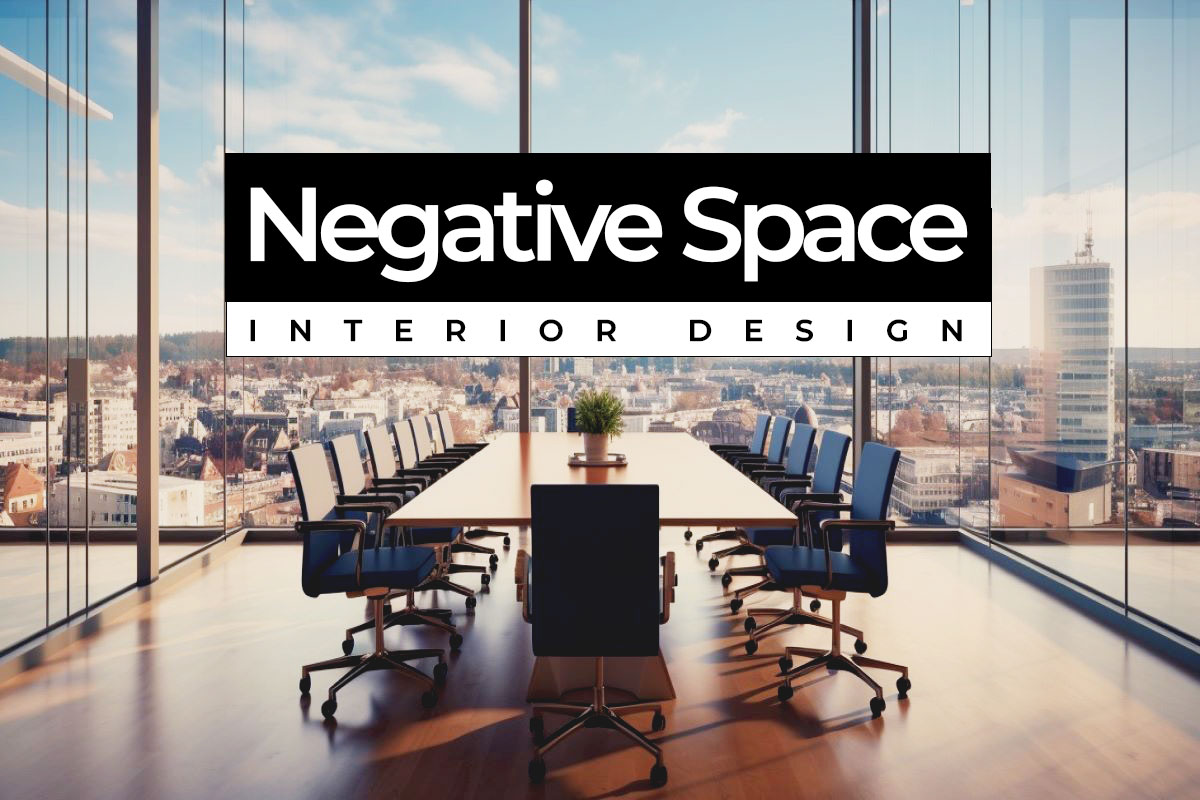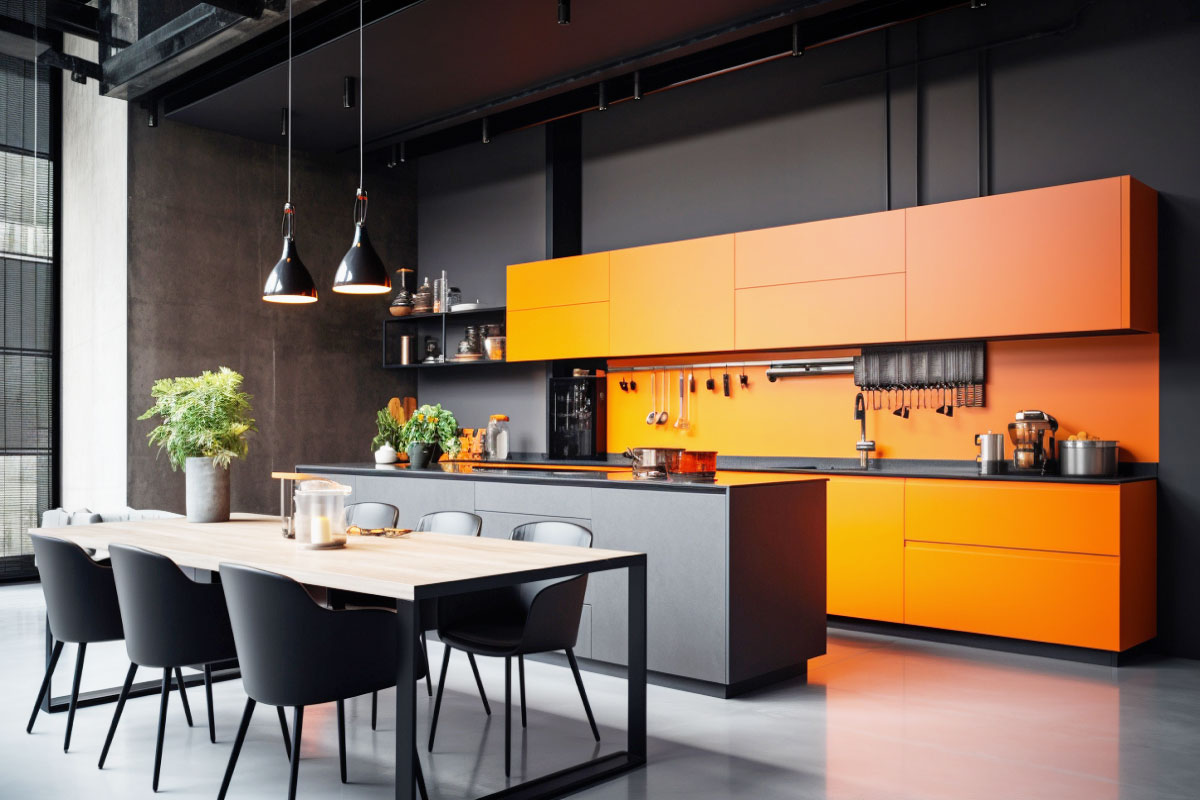Creating a truly remarkable home interior takes more than just natural ability and an eye for design. It’s a remarkable combination of technological know-how and tasteful decor. Having knowledge is a necessary step in the process of creating a lovely environment. And with that, let’s get down to the meat of what interior design is all about.
What are the Seven Essential Components of an Attractive Interior?
Elements of home interior design are the building blocks upon which interior design principles are based. Elements of home interior design that are tangible include texture, line, shape, and form. Keep in mind the fundamentals that lead to a solid arrangement before delving into the specifics.
Do you wish you had someone to teach you the ropes of home decor? Then, get started immediately by setting up your Free Interior Design Consultation with a professional.
The Fundamentals of Interior Design
Keep in mind the interior design concepts that guide a good composition before you worry about shape and form. The elements are the tangible components of a design, whereas the principles are the workable guidelines for achieving that design.
Included in these Fundamentals of Home Interior Design are:
In interior design, harmony is achieved via the strategic placement of furnishings and other decorative components. Also, it is connected to the way it physically feels. A well-balanced environment is relaxing, whereas one that is off-kilter can make you feel claustrophobic. Color and pattern repetition provides rhythm and guides the viewer’s gaze from one area to the next.
The term “emphasis” refers to an emphasized feature of a layout. A focal wall or point, for instance, might provide allure and serve as the focal point of the design. Emphasis can also be helped by using contrast. How we understand space is determined by its proportions and scale, or the relative sizes of its many components. Every object, no matter how large or little, has some sort of relationship with the others in its immediate vicinity. It’s also related to the concept of “negative space” in interior decoration. When items that are alike or complement one another come together, it demonstrates the interior’s theme, purpose, and atmosphere. Then and only then can a structure be considered harmonious. Everything in the space seems more at home when there is harmony. That’s what you should strive for if you’re decorating a room.
Exploring the Details of Interior Decoration
Finding the answer to “what is interior design?” requires peeling back the discipline’s foundations. What you see here are the parts of interior design, the physical components that make up the whole, and the principles that govern them.
So, without further ado, let’s have a look at the seven fundamentals of interior design.
1. Designing using Texture
Every surface in a design, no matter how rough, shiny, smooth, or textured it may be, has some sort of sensory quality. Everything that can be touched or felt is considered textural in interior design. Crystal chandeliers and lacquered ceilings, on the other hand, might be out of your reach. They’ll add a nice touch of visual texture to the room.
The texture is an excellent way to emphasize contrast or suggest a certain aesthetic. A velvet sofa and a coffee table made from a reclaimed wood slab would be a really striking combination. Yet, a similar atmosphere can be created in a room using features like smooth, shiny surfaces and glass accents.
Interior designers can utilize texture in a variety of other ways as well
- Change the ambient noise level by either absorbing or amplifying it.
- Make an effort to dress up or down.
- Take creative control and declare a new era of design.
- Improve the proportions and equilibrium of the interior.
2. An Application of the Concept of Line in Home Interior Design
Direction, differentiation, and structure may all be achieved in interior design with the help of straight and curved lines. Solid or soft lines can be emphasized by lighting, architectural features, and even finishes. The atmosphere of a space can be affected by these design choices as well.
In interior design, lines can be:
- Horizontal: Authentic, unpretentious, and calming. The eye is carried across the room by the prevalence of horizontal lines. The effect is one of visual expansion and a lowering of the ceiling, drawing attention to a specific point in the room.
- Vertical: Strong, elongated, and formal appearance. The eyes are naturally drawn upward by vertical lines that extend beyond the frame. This, in turn, can give the impression that the ceiling is higher than it actually is.
- Diagonal: Exciting, liberating, and revolutionary. Directional diagonals create a dynamic and active environment. Nonetheless, they can be unsettling if executed poorly.
- Curved: Smooth, elegant, and gentle. Similar to the effect that diagonal lines have on conveying motion and rhythm, curved lines do the same. They are often roomier, yet they offer design flexibility with their freeform, arching, or circular shapes. Natural, soothing, and lighthearted are all qualities they bring to the room.
3. Decorating Using Light
Light is one of the most important aspects of home interior design. We can’t see what’s going on in here without it. Modifying the light’s strength, color, and placement can also drastically alter the room’s aesthetic. The amount of natural light entering a space is affected by its orientation and the number of windows present. It’s also important to consider the orientation of the windows, as the sun’s rays will be different if they face north, south, west, or east. You can either make it brighter (by placing mirrors or using pale wall paint) or cozier by altering how much of it there is (with curtains and darker room accents). Nonetheless, a room’s natural light is a crucial factor in the design process. The mood of a room can be greatly influenced by the lighting fixtures placed within it. Cool lightbulbs can be used to simulate the intensity of daylight, while warm ones can be used to create the ambiance of sunset. Sconces, downlights, and pendants are just a few examples of decorative lighting that may be used to illuminate a space in a way that is both pleasant and functional.
4. Home Interior Design and the Role of Space
The area contained within a defined perimeter is what is referred to as “space” in the field of interior design. The setting could be indoors or outside. The term “space” can be used to describe not only the dimensions of a given area but also its volume. You should also take into account the ceiling’s height and shape while forming an impression of the room’s size and layout. You can figure out how to improve the interior design by taking pictures of the current state of a room and comparing them to your ideal state. For instance, by using darker paint and draperies, you may make a spacious space appear more private and welcoming.
5. Form in Interior Design
As lines are joined to surround a place, shape, and form are created. They may be either two- or three-dimensional. It’s important to note that the shape of a room’s structure is likewise distinct. Think about the room as the primary shape. After that, you may start thinking about additional pieces that will improve the decor. Form and shape, along with the other components of home interior design, serve as means of internal communication. So, it is important to think about the connections between them and the aesthetic you hope to achieve. They could share qualities or be arranged in a complementary way that results in a beautiful composition.
6. Interior Design Using Color
Color is one of the seven most influential aspects of any interior design scheme. It is also the most important factor in determining how much space is seen as positive or negative. White, for example, suggests more negative connotations (empty, uninhabited space). On the other side, dark colors encourage a pleasant environment. Nevertheless, this potent material is often underutilized in design. Still, it’s undeniably one of the most entertaining aspects of decor. Color is a powerful element in 3D design, with the ability to convey feelings, show personality traits, and even calm the atmosphere. It can be used to bring attention to certain elements or to make them disappear into the backdrop.
7. Home Interior Design With a Distinctive Pattern
When a design or motif is repeated across a flat surface, like fabric or wallpaper, it creates a pattern. Surface perception is influenced by this. As an added bonus, employing motifs that are suited to the era or design style in question might help to further emphasize the intended message. Besides furniture, other aspects of home interior design can also help pattern. Putting up a herringbone floor or wall pattern using tiles, bricks, or wood slabs is one way to improve the look of a room. The buttons on a sofa with deep buttons can also serve as a design element. An enjoyable and adaptable component, for sure.
Do you want to get the most out of your home’s decor?
Help yourself to the services of a trusted interior designer who can assist in assembling the ideal set of interior design elements for your home. To get started, book a free consultation with our interior designers now.












